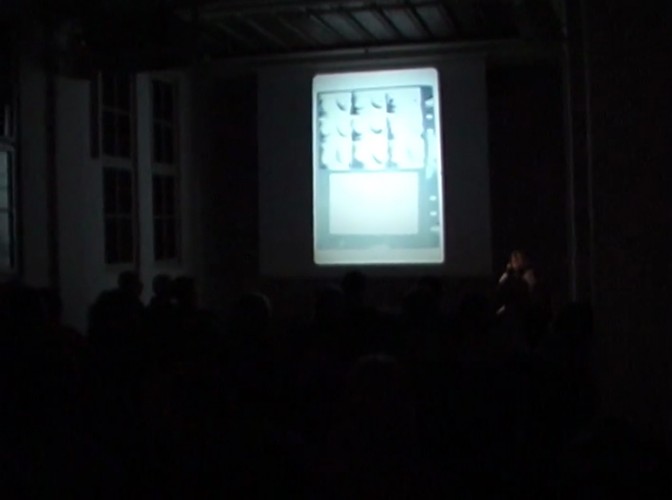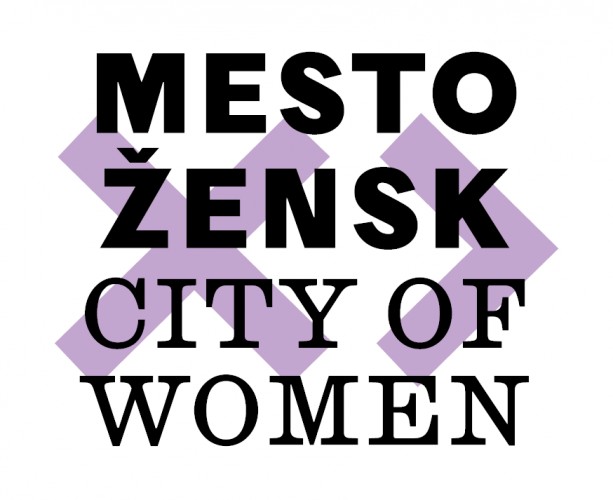Performance art and body art: both are in once again. An appropriate moment to look back at the emergence of performance art. A look back to better see the future (aka The History of the Future). One of the avant-garde centres that played a pivotal role in the emergence and development of performance art is undoubtedly New York’s internationally renowned Franklin Furnace.
“It all started in 1976, when I saw that major institutions were not accommodating works of art being published by artists, and decided to gather, exhibit, and sell, preserve and proselytise on behalf of the form that came to be known as artists’ books. I opened Franklin Furnace Archive, Inc. in my living loft on April 3rd, 1976….Franklin Furnace’s presentation of temporary installation work and what came to be known as performance art started right from the getgo. The artists who were publishing artists’ books were the same ones who considered the text to be a visual art medium (Jenny Holzer and Barbara Kruger come to mind). Martine Aballea, whose book was in Franklin Furnace’s collection, asked if she could read it in our storefront in June, 1976. When she showed up in costume, with her own lamp and stool, the performance art program was born. Although I called it ‘Artists’ Readings’ in the beginning, every artist chose to manipulate the performance elements of text, image and time: from a very simple 1977 performance by Robert Wilson of the word ‘there’ repeated 144 times with a chair on stage, to the more messy 1983 performance of Karen Finley taking a bath in a suitcase and making love to a chair with Wesson oil.” (From: The Whys of Deinstitutionalization by Martha Wilson, Franklin Furnace Founding Director)
Among those artists who were given the opportunity to mount their first New York shows at Franklin Furnace are Ida Applebroog, Barbara Kruger, Jenny Holzer, Dara Birnbaum, Matt Mullican, James Coleman, Krysztof Wodiczko, Guillaume Bijl, and Willie Cole. Among the performers who got their start here are Eric Bogosian, Guillermo Gomez-Pena, Robbie McCauley, Michael Smith, Theodora Skipitares, Paul Zaloom, David Cale, and Karen Finley. Additionally, Franklin Furnace’s performance art program has enabled more established artists like Laurie Anderson, Vito Acconci, Richard Foreman, Carl Andre, Lee Breuer, William Wegman, and Jennifer Bartlett to experiment in ways that would be inappropriate for mainstream venues that attract larger audiences.
Over the years Franklin Furnace — as well as the artists’ work — has been transformed several times. In her lecture, Martha Wilson looks back over two decades of performance art, and indicates how it has changed cultural discourse. A lecture, illustrated with historical footage, on women, sex and performance art in a drastically changing political, economic and aesthetic climate.


